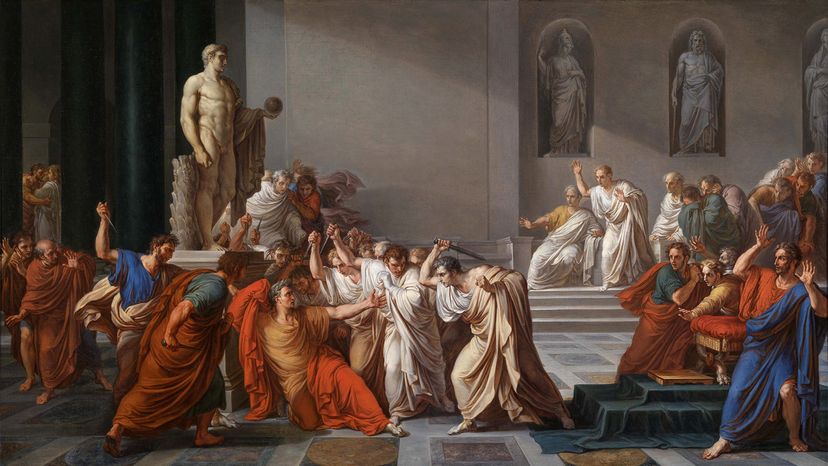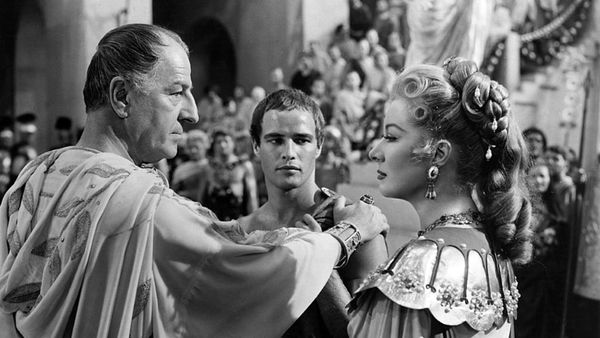Ancient Romans, those clever folks who brought us aqueducts and amphitheaters, also developed the predecessor to our modern calendar. The name they developed for the first day of each month, Kalends, eventually led to the modern word "calendar." Ancient Romans also determined that one day each month would be known as "Ides," a day that often corresponded with religious observances.
According to this calendar, the Ides fell on the 13th day of the month, with the exception of October, July, May and March, when the Ides occurred on the 15th. It was the Ides of March that became a real stickler: It presented a deadline on which citizens were expected to settle all of their debts. It became a day of celebration for those who received payment and a day of woe for those who paid. For some, it was probably both.
The concept of Ides was closely tied to the way the people of ancient Rome tracked the passage of time. The Latin roots of "ide" mean "to divide," and in keeping with this sentiment, the Ides took place about midway through each month.
The Ides also corresponded with the rise of the full moon. This worked well for a while, as the lunar cycle and the calendar months matched up as expected. Eventually, however, this notion of tracking time based on lunar events created a mismatch between the calendar dates and the full moon.
A solution was presented in about 45 B.C.E., when days were added or removed so the calendar would stay in sync with astronomical seasons, such as solstices and equinoxes. The resulting Julian calendar, named posthumously for the military general and politician Julius Caesar who declared himself ruler of the Roman Republic in 43 B.C.E., was based on Earth's revolutions around the sun. It was a 365-day year divided into 12 months with an additional day added every four years to resync the calendar — an event now known as a Leap Year.
"What is interesting is that the change came about after Caesar had spent some time in Egypt, specifically in the city of Alexandria," says Kelly-Anne Diamond, Ph.D., a visiting assistant professor in the history department at Villanova University, in an email. "The Egyptians had developed previously a calendar of 365 days. However, they did not add that extra 1/4 day, so the Egyptian calendar drifted one day every four years."
Through ancient writings, including those of the philosopher Plutarch, it was recorded that Caesar sought help from expert mathematicians — such as the astronomer Sosigenes of Alexandria — in adjusting the calendar.
"This is important to note, because ancient Egypt does not always receive the credit it deserves as part of the foundation of western culture," Diamond says. "Usually the story begins and ends with Julius Caesar, and relegated to the footnotes is the fact that the Egyptians were technologically savvy and passed on their wisdom to the Roman world."
For a time, this Julian calendar seemed to propose an ideal solution — until people realized that an extra day every four years was too many, and a modified Gregorian calendar was developed in 1582. The Gregorian calendar is now used as the official civilian time-tracker in most parts of the world.
Even so, the Ides of March from the Julian calendar are still part of our collective consciousness, thanks in large part to Caesar's untimely death and a Shakespeare play that immortalized it. Since Caesar’s assassination, the middle of March has become synonymous with bad tidings, unwelcome omens and disaster.



